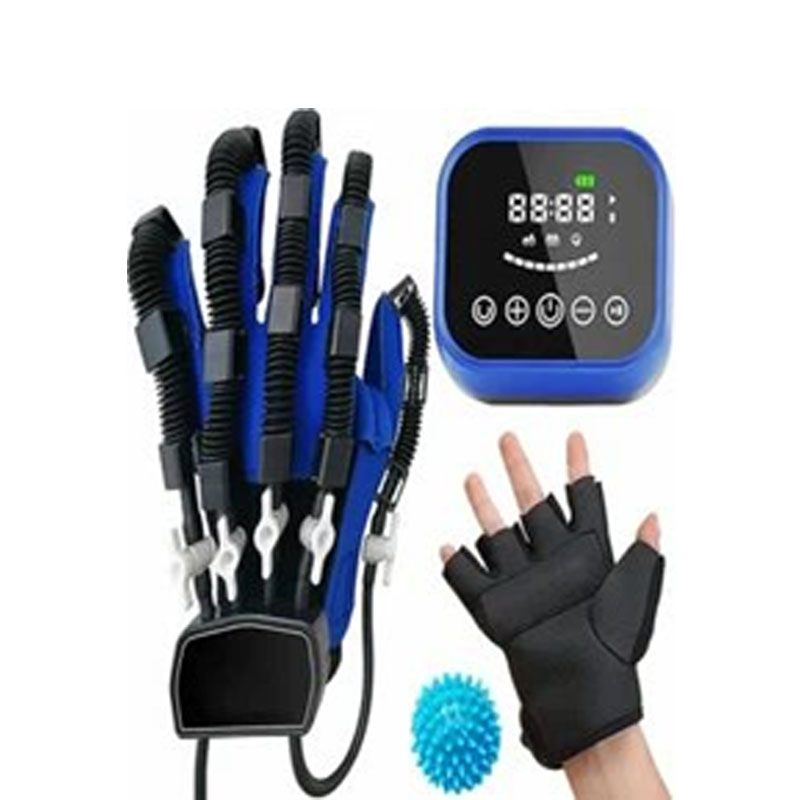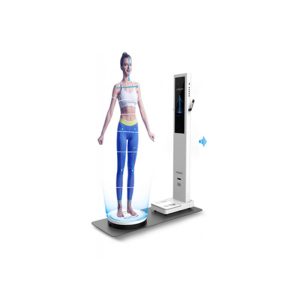Here’s a structured overview of its key components:
Multidisciplinary Team:
> Healthcare Professionals
> Physical Therapists: Focus on mobility, balance, and strength.
> Occupational Therapists: Assist with daily tasks (e.g., dressing, cooking).
> Speech-Language Pathologists: Address communication, swallowing, and cognitive deficits.
> Rehabilitation Physicians/Neurologists: Oversee medical management.
> Psychologists/Psychiatrists: Provide mental health support.
> Social Workers: Assist with care coordination and resources
Types of Programs:
> Inpatient Rehabilitation: Intensive therapy for severe cases, often 3+ hours/day in a hospital or dedicated facility.
> Outpatient Programs: For stable patients who attend sessions while living at home.
> Home-Based Therapy: Tailored for those unable to travel, with therapists visiting homes.
> Long-Term Support: Ongoing care for chronic challenges, including community reintegration.
Therapies and Interventions:
> Physical Therapy: Gait training, strength exercises, and balance work.
> Occupational Therapy: Adaptive techniques for daily living (e.g., using modified utensils).
> Speech and Cognitive Therapy: Language exercises, memory drills, and problem-solving tasks.
> Psychological Support: Counseling for depression/anxiety and peer support groups.
Technology-Driven Tools:
> Robotic Devices: Exoskeletons for walking, robotic arms for upper-body rehab.
> Virtual Reality (VR): Simulates real-life scenarios for practice.
> Transcranial Magnetic Stimulation (TMS): Non-invasive brain stimulation to aid recovery.
Key Considerations
> Early Intervention: Critical for leveraging neuroplasticity; often starts within 24–48 hours post-stroke.
> Personalized Plans: Tailored to individual needs, severity, and recovery pace.
> Family Involvement: Training for caregivers and family support groups.
> Medical Management: Control of risk factors (e.g., hypertension, diabetes) and stroke prevention.
Outcomes:
> Improved mobility, communication, and independence.
> Reduced risk of recurrent strokes through education and lifestyle changes.
> Enhanced quality of life, though outcomes vary; realistic goal-setting is essential.
> By integrating advanced therapies, technology, and a patient-centered approach, stroke rehabilitation centers play a pivotal role in helping survivors reclaim their lives.





